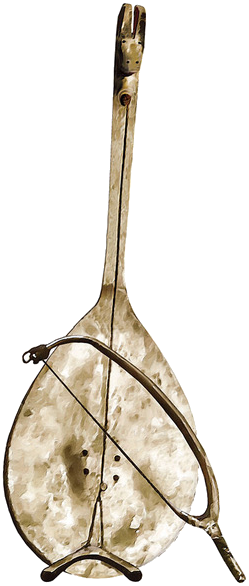Karelian laments are performed by women during a ritual – funerals, weddings, and recruiting ceremonies – and were once commonly used in other contexts of everyday life. Laments are works of a special kind of improvisation. They were created during the performance process in relation to a concrete situation, drawing upon traditional language, stylistic means and traditional themes. Among the main stylistic features of the Karelian lament poetry is an extensive use of different types of parallelism. This paper discusses parallelism in laments as one of the central conventional organizational parameters of the performance. Increased use of parallelism in Karelian laments was meaningful as an indicator of significance and emphasis. It is also possible to use parallelism to address the relationship between verbal art and experienced reality, a form of parallelism that would be connected to understandings of its ritual efficacy.
